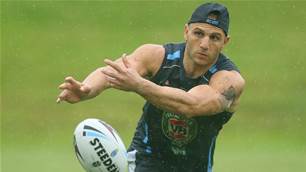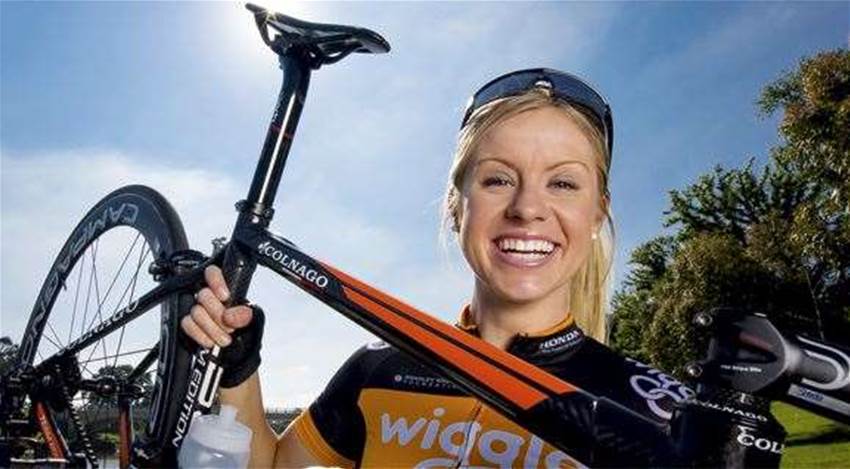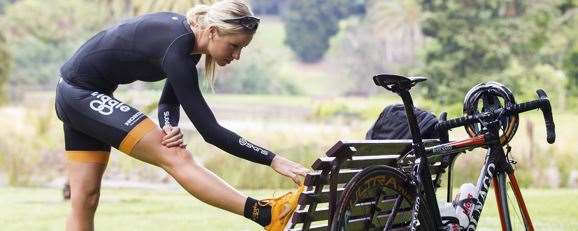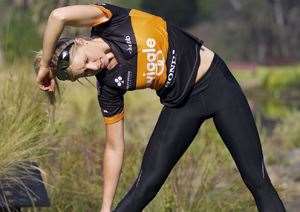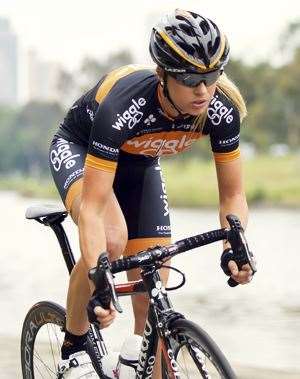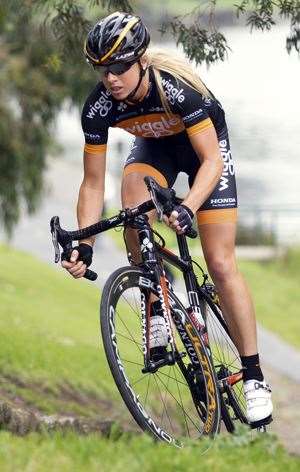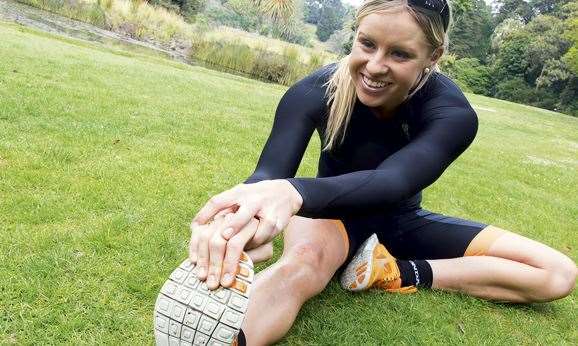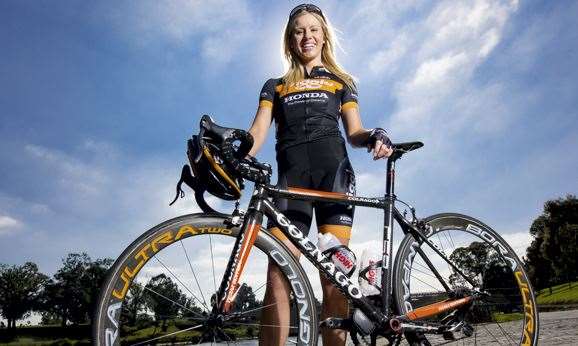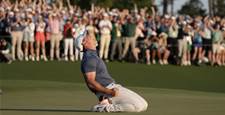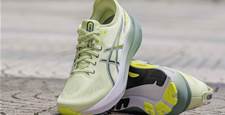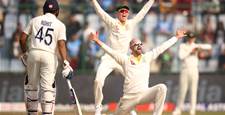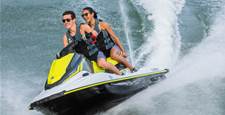It seems Wiggle Honda’s all-conquering band of women’s professional cyclists is growing ever-powerful by the day.
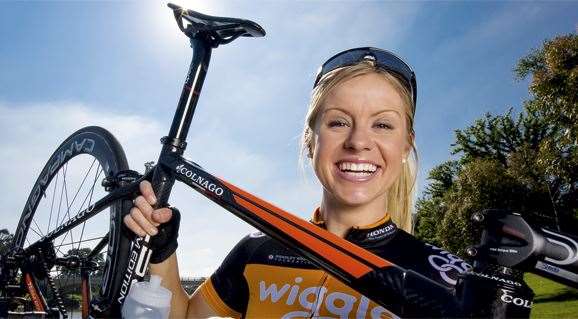 It seems Wiggle Honda’s all-conquering band of women’s professional cyclists is growing ever-powerful by the day. Indeed, we’d forgive team manager and Delhi Commonwealth Games gold-medallist Rochelle Gilmore – who we’ve also featured in these pages – for performing cartwheels upon her signing of two-wheeled demoness Peta Mullens. This 25-year-old Bendigo product is a serious weapon in any team’s artillery, whether it be on a mountain bike or on the more traditional road racing circuit like that of the European Tour, which is Wiggle Honda’s bread and butter.
It seems Wiggle Honda’s all-conquering band of women’s professional cyclists is growing ever-powerful by the day. Indeed, we’d forgive team manager and Delhi Commonwealth Games gold-medallist Rochelle Gilmore – who we’ve also featured in these pages – for performing cartwheels upon her signing of two-wheeled demoness Peta Mullens. This 25-year-old Bendigo product is a serious weapon in any team’s artillery, whether it be on a mountain bike or on the more traditional road racing circuit like that of the European Tour, which is Wiggle Honda’s bread and butter.
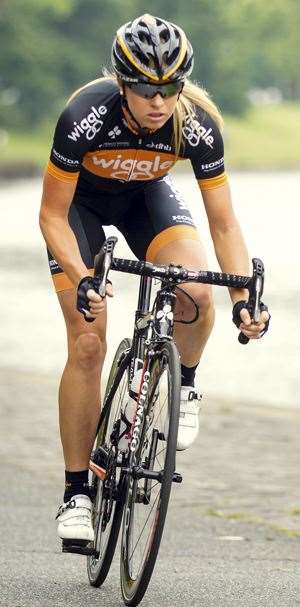 Mullens certainly has a massive year in the saddle ahead of her in 2014. “First up, I’ll be trying to peak for the National Road Championships, where I’ll ride for Wiggle Honda, then I’ll have the National Cross-Country Mountain Bike Championships in September, where I’ll try to defend my title from last year. Then it’s onto the Commonwealth Games on the mountain bike in Scotland, then the Mountain Worlds in Norway, and possibly even the World Champs on the road in Spain.”
Mullens certainly has a massive year in the saddle ahead of her in 2014. “First up, I’ll be trying to peak for the National Road Championships, where I’ll ride for Wiggle Honda, then I’ll have the National Cross-Country Mountain Bike Championships in September, where I’ll try to defend my title from last year. Then it’s onto the Commonwealth Games on the mountain bike in Scotland, then the Mountain Worlds in Norway, and possibly even the World Champs on the road in Spain.”
We grabbed Mullens just before a recent training session around Melbourne’s beautiful Yarra to find out how she’ll keep up with her mammoth 100 days of competition in 2014.
IN THE BEGINNING
“I started out as a runner. I did a bit of steeplechase on the track, a bit of cross-country and long-distance. I actually ran a marathon when I was 13! I switched across to triathlon for a couple of years and then started track cycling at 16.
“I did that for a couple of years and kind’ve tied that in with some road cycling. Four years ago I started mountain-biking. I have a cycle-cross bike too, but I haven’t managed to get on track for a race yet. Apart from that, at the moment I pretty much only do road and mountain bike. I’ve sort’ve let the track go – a lack of time, really. My signing with Wiggle Honda is all about road racing, but they’ve allowed me to balance my mountain biking in a bid to qualify for the 2014 Commonwealth Games.”
“Going to a road bike from a mountain bike is a complete transition: on the mountain bike you sit a lot higher, the handle bars are a lot wider, the gearings are very different. The other obvious thing is road events are a four-hour bike race, five-to-six days in a row through the tour, whereas a mountain bike race only lasts an hour and a half. Another main difference between the two is the technical ability of the mountain bike. It’s really important for me leading into
mountain bike blocks to have a week or two to kind’ve get my groove back on the mountain bike technically and to run through some of the courses. If you step away from that for a couple of weeks, you can fall behind on form a bit. I obviously can’t afford to lose anything technically in a mountain bike race at World Cup level.”
“We sit down for race strategy meetings every day. Depending on whether it’s a one-day event or a tour, we’ll protect a different rider every day. For instance, if we have a flat stage ahead of us, and we think it’s going to be a bunch sprint, we’ll race quite a negative race. If there’s any breakaways, we try and shut those down and chase them back. When we get towards the end of a stage race, and it’s going to be a bunch sprint, we line our girls up and we pick the order pre-stage as to who’s going to be the first person up the front with about three kilometres to go, and then who’s going to be the last person before the sprinter hits the front at 200m to go. Then we do our job from there. It’s pretty specific, really. We always have race radio as well, so we can refer back to the coaches in the car and see what their thoughts are.
“Other days we’ll be racing in the mountains. We might have a girl who’s up on general classification; we have to protect her and ride for her. Most of the time for stage wins it’s Giorgia Bronzini, who we try and get up, but sometimes if it’s a little bit tougher we might be opportunists and try for a breakaway. Hopefully I’ll have a few of those this year where maybe I can try and get across the line for a win.”
“If the plan for the day is a bunch sprint, then no, we wouldn’t seize opportunities for ourselves – we always stick to our race plan … unless our sprinter is having a bad day: we don’t always put our cookies in the one basket. Sooo ... if it happens that the sprinter is having a bad day and she’s fallen off the back of the bunch, then we can always change the race plan at the time and become opportunists.”
ON THE ROAD
“I’ve just been in a camp riding four or five hours a day in the mountains, just trying to get some kays in the legs and preparing for the road nationals. But when I’m training for mountain biking, I’m doing one-two-hour rides, often with a lot of shorter efforts, }maybe even on an Ergo, about 20 seconds to a minute long. These are completely different blocks of training to road sessions, but very specific to each sort of race. That’s probably the hardest thing about juggling the two – just trying to be prepared for the right race at the right time and not being too swayed one way and being able to come back the other way. If I do too many weeks of long kays and long climbs, I lose all my power and strength and will have nothing when I get back on a mountain bike. It’s a happy balance.”
“I’d probably only get on the mountain bike once or twice a week, which surprises a lot of people, because it’s a thing you have to spend a fair bit of time on to master. But I just like to race my mountain bike more than anything.
“I like to mix it up. I get a little bit bored if I ride my road bike five days in a row. I’m a big fan of double sessions. You might go out in the morning for two hours on the road, then on the mountain bike for two hours in the afternoon – I find that splits the day up quite well: a four-hour session can be quite intense. I’d do that probably two-three times a week.
“I also like to go night riding on a mountain bike; we go out at about seven or eight. We have these bright lights on our bike. It’s pitch-black in the bush and we’ll go out for two-three hours. This really builds up your skills in the bush. Sometimes you race trails on a mountain bike you have seen before, but at night the trails feel brand-new all over again. It’s like you’re learning a new skill, how to react to a certain corner or a certain bit of dirt that you might not see the first time. If you attack the same course during the day which you’ve previously ridden at night, it’s like someone has taken a blind-fold off.”
STRETCHING IT
“I stretch mainly when I get a little bit stiff from riding longer kilometres. I’ve just come off a back injury, so I’m doing a lot of work with my back. I’ll get home from riding, have something to eat and stretch for ten-15 minutes. I try and do that every day; just little bits at a time – nothing too intense.
“It’s hard when we’re on the road all the time. It’s important to stretch when we’re spending a lot of time travelling in a car. Sometimes we might travel three or four hours a day before a race and one or two hours in between stages, so you do get quite stiff. But we also have a physio on tour full-time with us to fix up anything that’s niggling which we might be having problems with, or anything that’s come up during a race.”
PILATES POWER
“I’ve introduced this recently to keep on top of my back injury. Pilates is a combination of stretching and core work. You do a lot of planks in Pilates core sessions, and a lot of work with exercise balls and downward poses. You’re sort’ve just holding positons that engage your core. It’s not a lot of movement. They’re pretty easy exercises, but we hold positions for a max of 30 seconds to one or two minutes, which engages the core for a longer period of time and builds up strength throughout our back and the areas we don’t tend to use as much on the bike.”
LOADING UP
“I usually eat breakfast right before I go training; I try and get my training done quite early in the morning. In competition season it’s a general rule that you eat two-three hours before a race, just so your body has time to digest it, so that when you
hit it hard off the line, it’s not coming back up. You don’t want to taste it twice ... We’re sponsored and supported by Hi 5 Nutrition. We use all their electrolyte and recovery drinks during and after races. They provide us with gels and bars, too. For me, that’s enough to get me through an event. Some girls choose to eat a bit more; bananas and little jam cakes and what-not.”
SHE’S LOVIN IT
“Actually, you’ve chosen a bad person to ask about diet; someone who has an addiction to McDonald’s! Nutrition is a really big part of an athlete’s performance ... but I have a lot of good McDonald’s stories. Maybe they’re a potential sponsor! It’s the one thing that keeps me sane, keeps me in some way related to the rest of society. Makes me feel normal.
“Seriously though, now that I’ve signed a professional contract, I’ll really have to work on it ... A lot of girls in the peloton are gluten-free and things like that, but I’m pretty stock-standard when it comes to food. I wake up and have my Crunchy Nut cereal with my milk and maybe some crumpets before I go out for a ride ... As long as you’re looking after your body and you’re training healthy and you’re not putting too much bad stuff into your body, then it’s okay to eat a lot of food. As long as it’s all good stuff. Fats, sugars, everything’s good in portions ... I have ice cream every night though; it’s a ritual for me.”
− James Smith
Related Articles
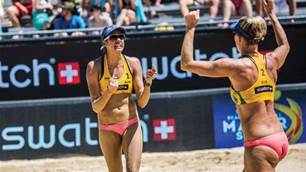
How Australia's beach volleyball women train

How Australia's beach volleyball women train
